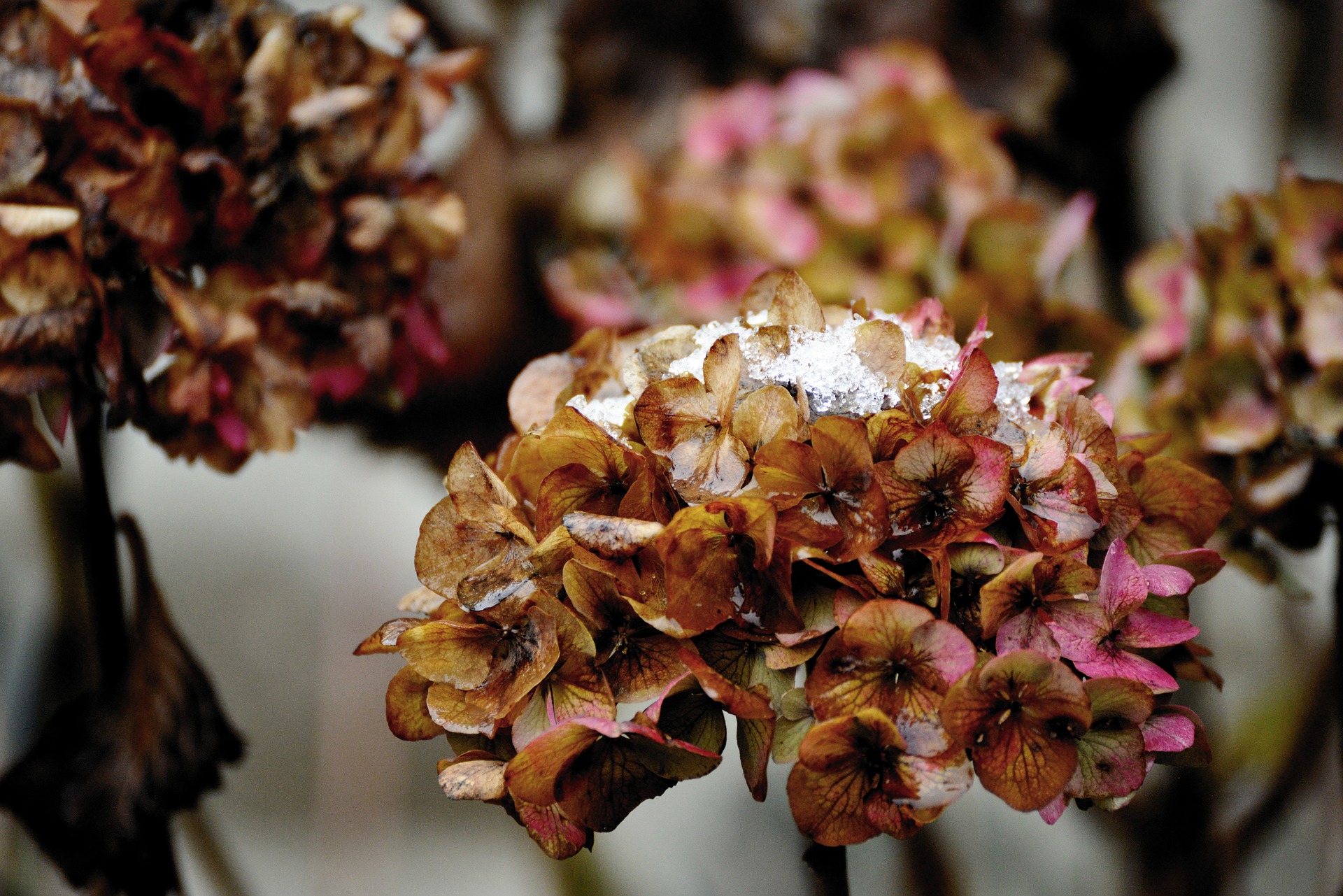Dormancy can be a somewhat confusing term when it comes to plant life. Much in the same way that animals hibernate during certain times of the year, plants also rest when growing conditions are not ideal (i.e. during periods of freezing, drought, or some other nutrient deficiency). Since winter is upon us here in Camas, Washougal, and Vancouver, Washington, and that is when most plants go dormant, we thought it apropos to discuss this topic. So, what is dormancy?
Defining Dormancy
Dormancy is, essentially, a plants hibernation period. Dormancy refers to the metabolic inactivity or a seeming inactivity that occurs in perennial plants during times of disadvantageous growing conditions. During this dormant period, plants conserve their energy in order to survive harsh or extreme conditions, such as freezing temperatures or drought. A plants dormant stage, in essence, acts as a safeguard against elemental extremes, allowing the plant to rest in order to prepare for the coming growing season.
Plant Dormancy
Considering we experience all seasonal extremes in Washington State (from cold winters to hot summers) almost all perennial plants in our area experience dormancy at some point or another. Deciduous trees, for instance, shed their leaves annually before going dormant in order to focus energy on expanding root systems instead of leaf growth. If plants were to stay active during the winter months, all of the moisture within the plant may freeze which could severely damage the plant.
Lawn Dormancy
Like any other plant, your lawn goes dormant during adverse conditions as well. Have you ever forgotten to water your lawn over summer and notice how it browned out? Some of us panic thinking we have killed our lawns for sure, just to watch it green back up when the rains returned. When your lawn turns brown during extended periods of dry weather, it isn’t (usually) dying, but rather it’s going dormant. The same applies during the cold months of winter when the lawn seems to stop growing almost altogether. An important note to make is that each type of grass is different, so they will react differently to various conditions, so it is important to pay attention to what is causing your lawn to react. Sometimes it can be natural dormancy, but extended periods of draught can adversely affect your lawn causing irreparable damage. The same is true of pests or lack of nutrients as well.
If you are worried about your lawn and would like a professional evaluation, Urban Eden Landscaping is always here to help. Contact us or fill out or FREE estimate request today!

